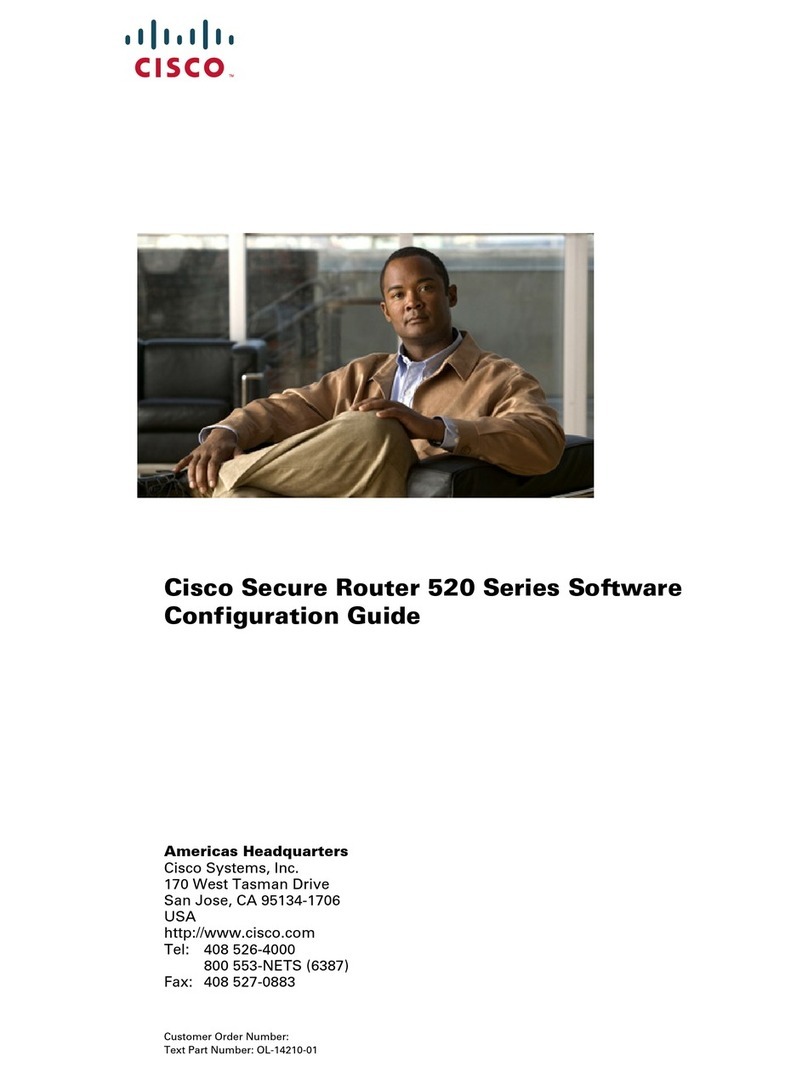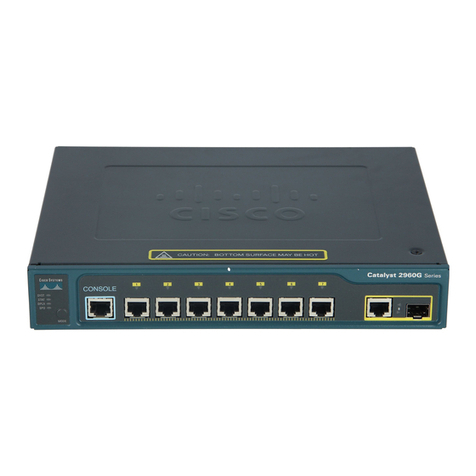Cisco QuickVPN - PC Instruction Manual
Other Cisco Network Router manuals
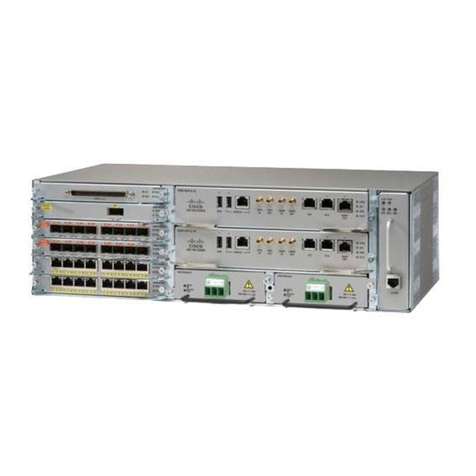
Cisco
Cisco ASR 900 Series How to use
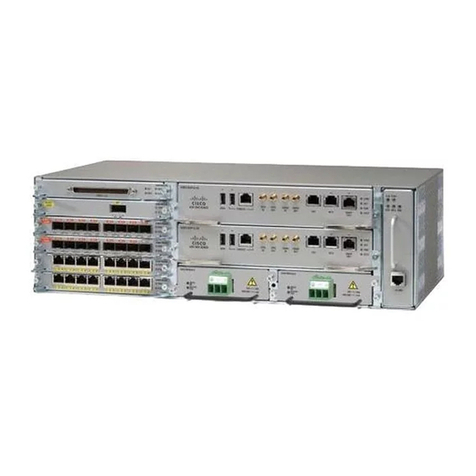
Cisco
Cisco ASR 903 How to use
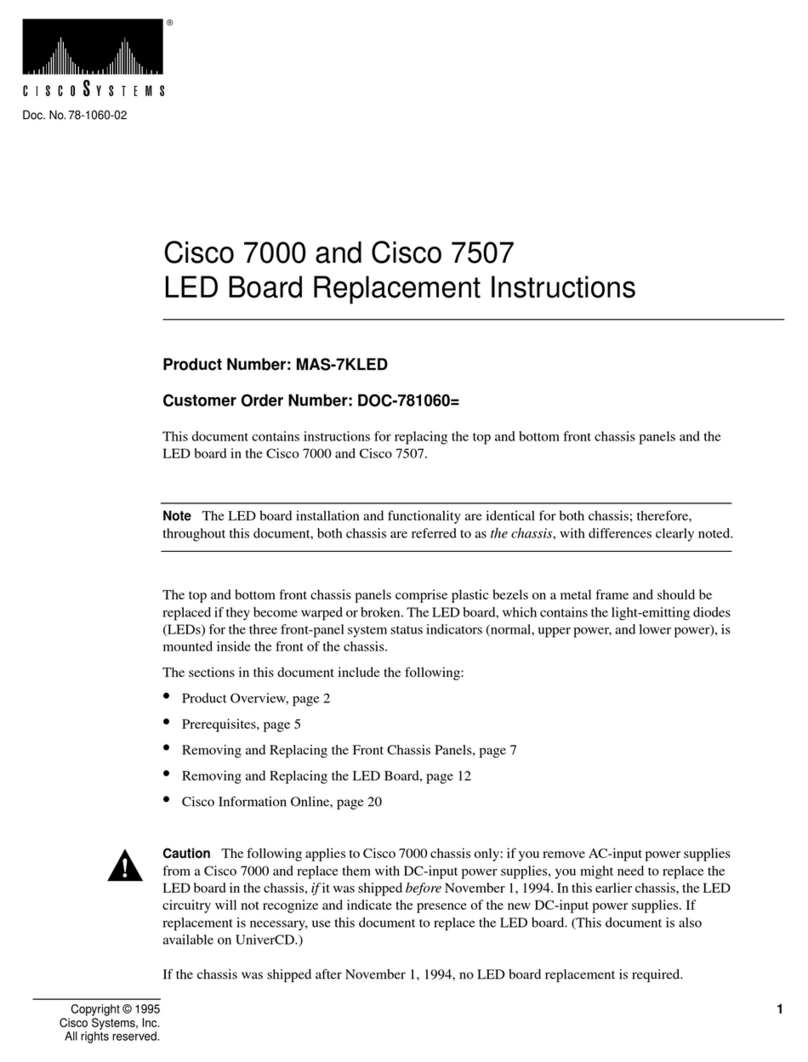
Cisco
Cisco 7000 and 7507 LED Board MAS-7KLED Guide
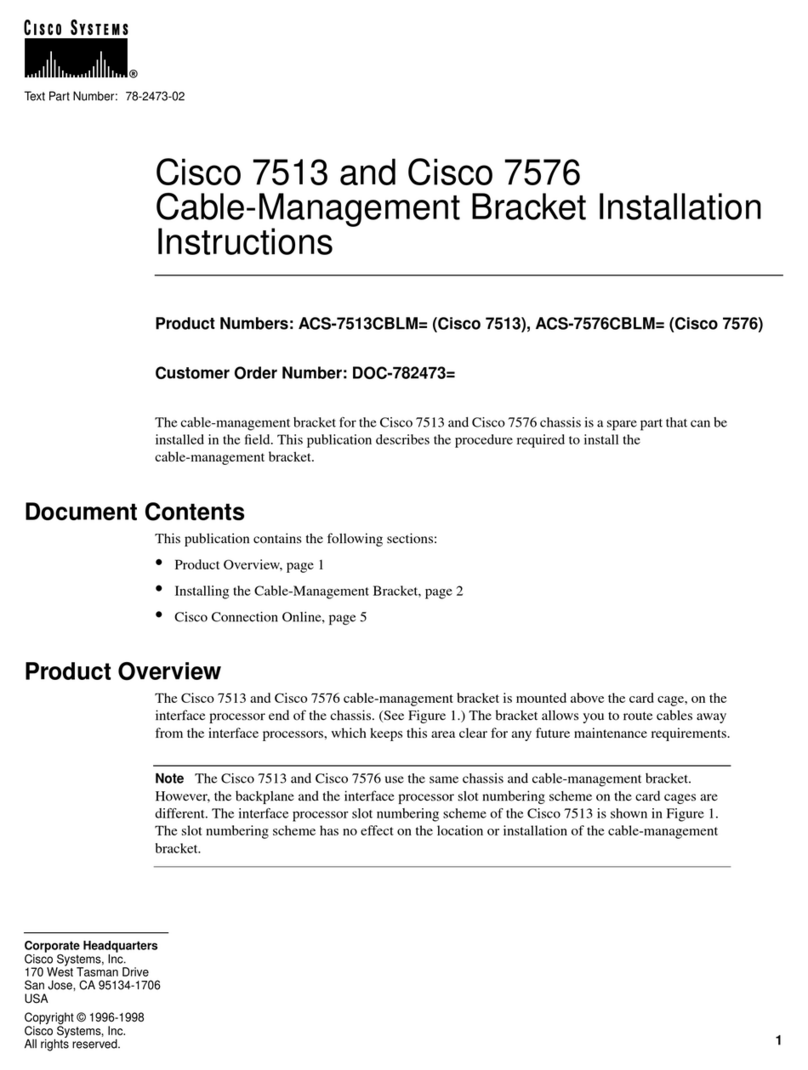
Cisco
Cisco Cable Mgmt Bracket Cisco 7513/7576 User manual
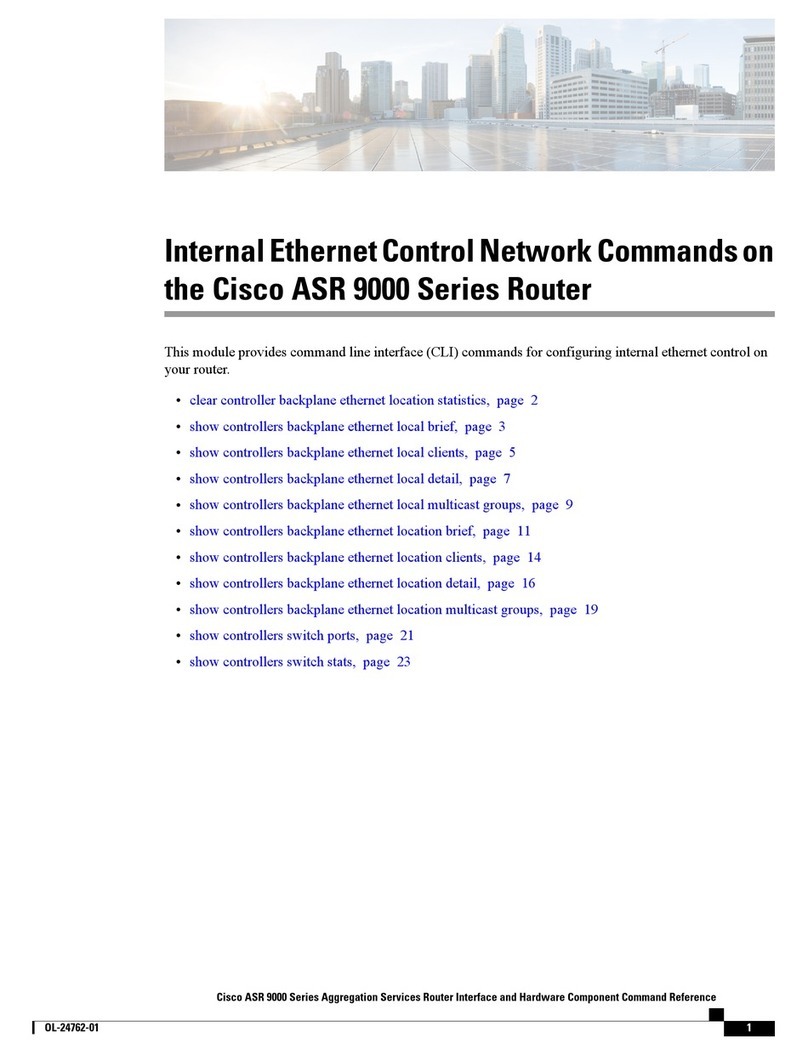
Cisco
Cisco ASR 9000 Series User manual

Cisco
Cisco 7200 VXR Series User manual
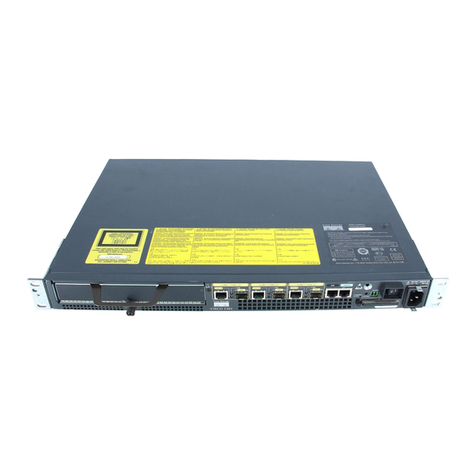
Cisco
Cisco 7301 Series Operator's manual
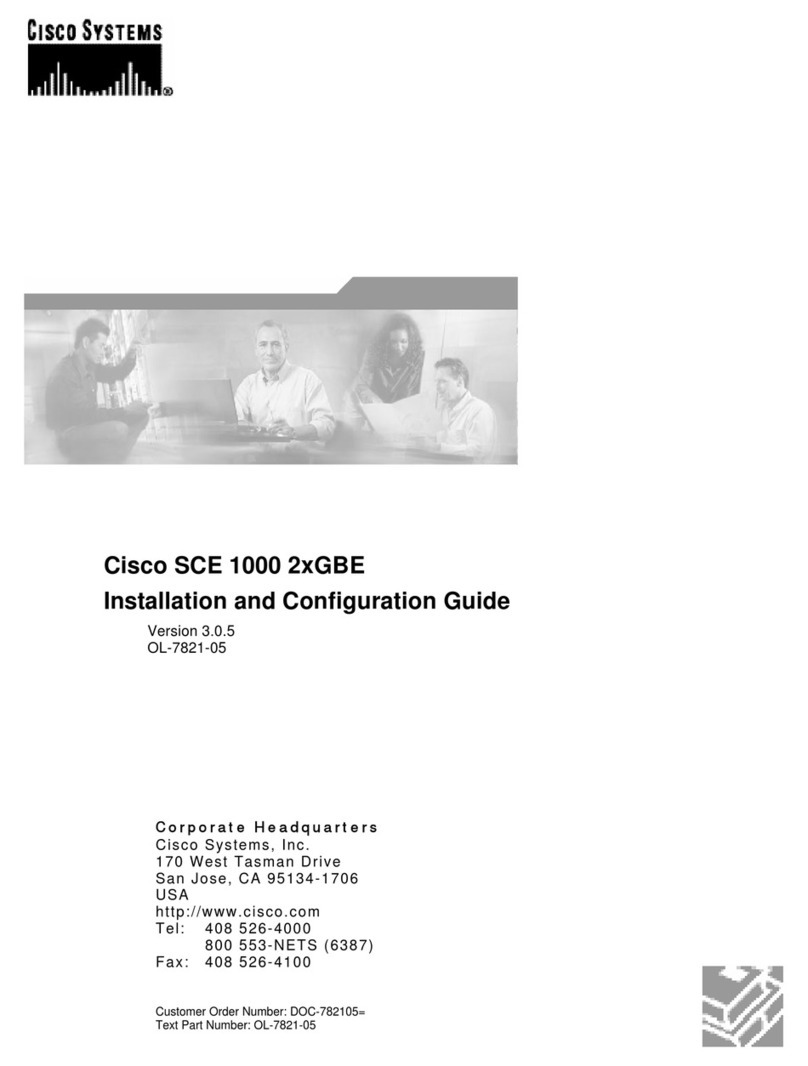
Cisco
Cisco SCE 1000 2xGBE Operator's manual

Cisco
Cisco 1841 - 3G Bundle Router User manual
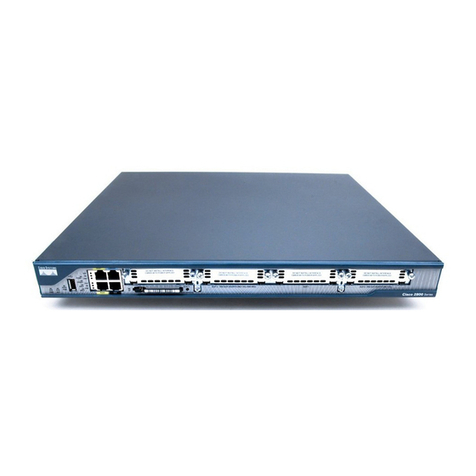
Cisco
Cisco 2801 - Integrated Services Router User manual

Cisco
Cisco ASR 900 Series User manual
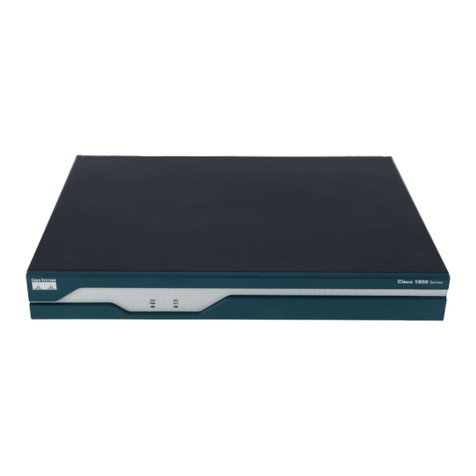
Cisco
Cisco 3700 - 32 To 128MB Manual

Cisco
Cisco RV130 User manual
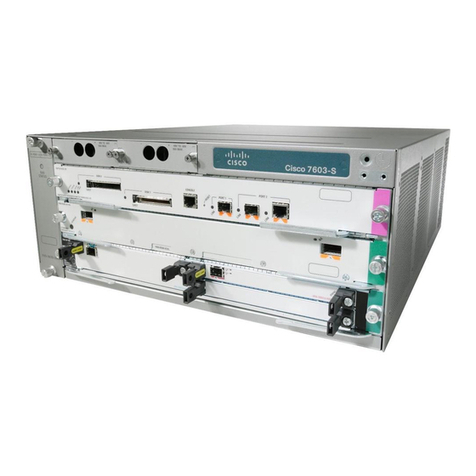
Cisco
Cisco 7600-SIP-400 - SPA Interface Processor 400 User manual
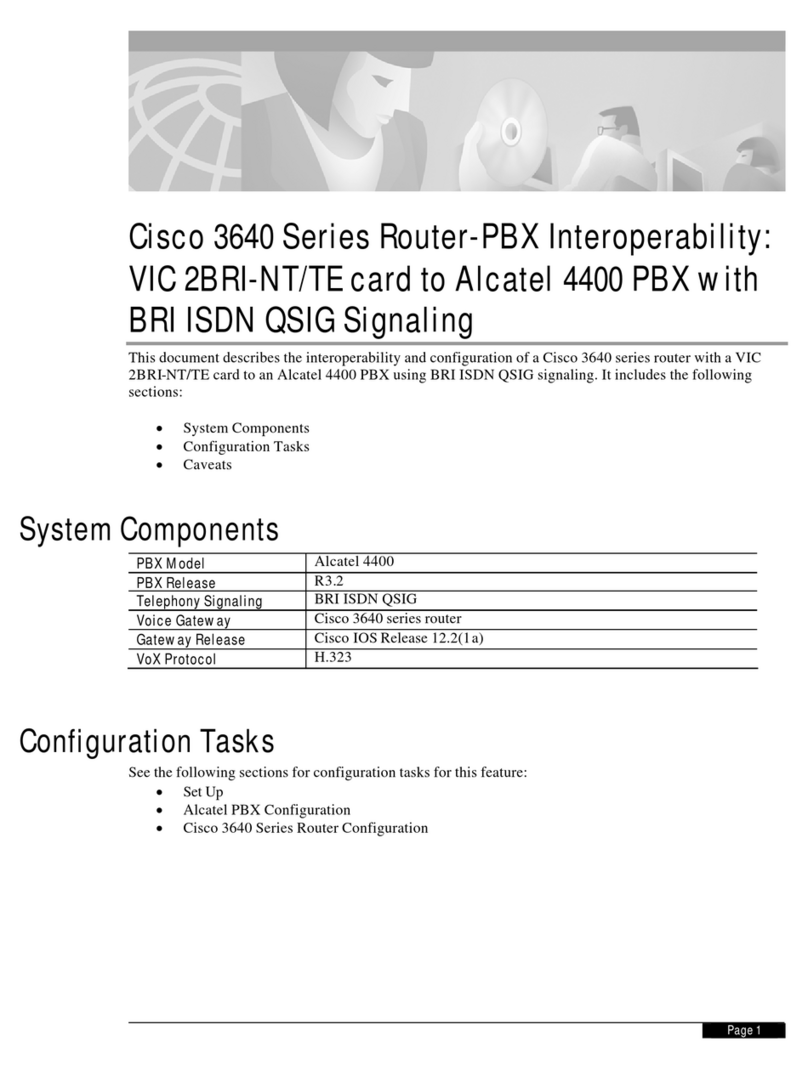
Cisco
Cisco 3640 Series User manual
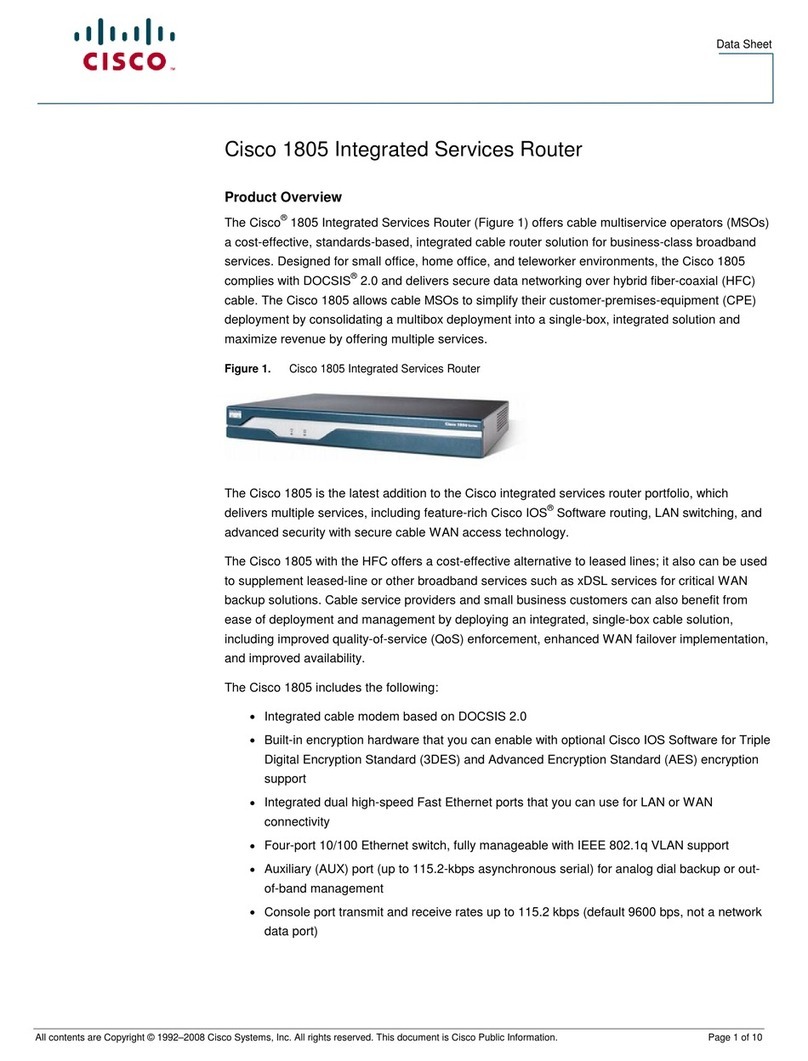
Cisco
Cisco 1805 User manual
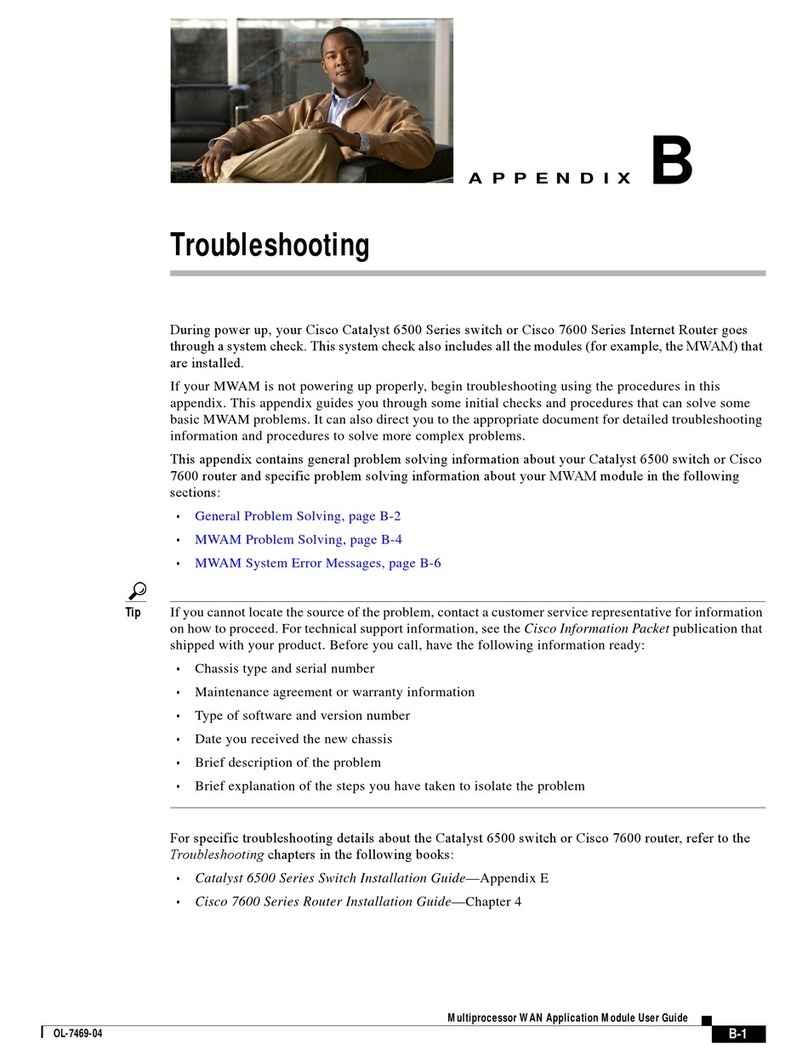
Cisco
Cisco 6500 - Catalyst Series 10 Gigabit EN Interface Module... Operating instructions
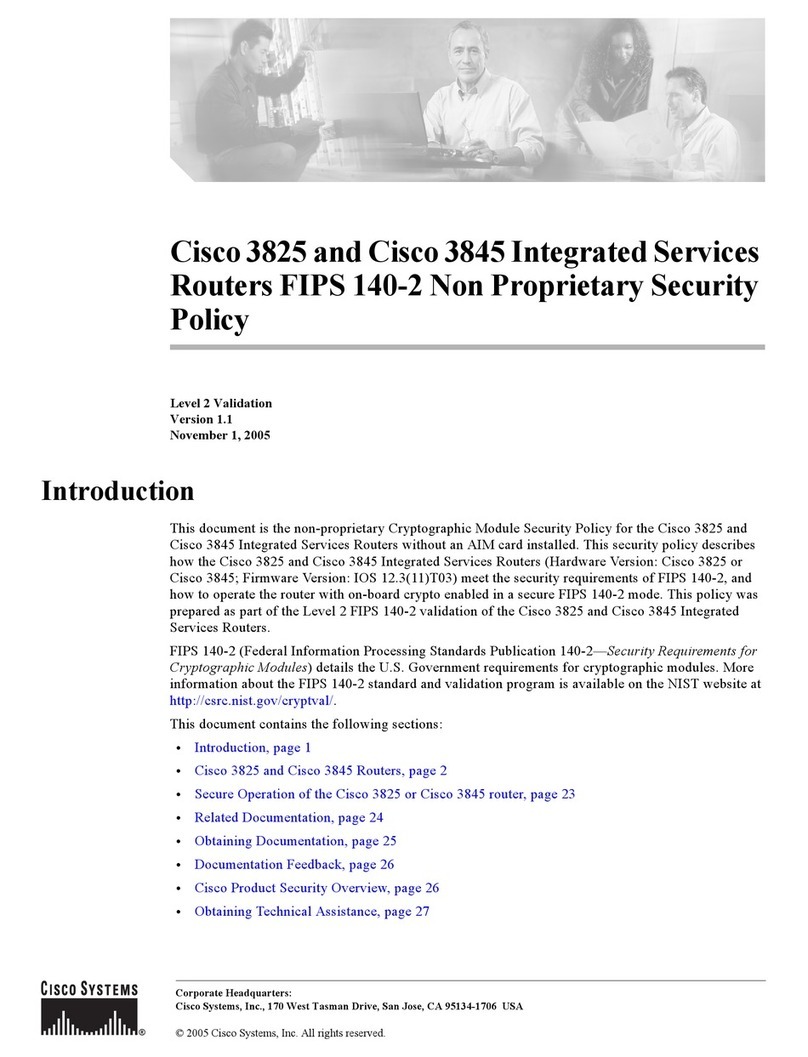
Cisco
Cisco 3825 Series Service manual

Cisco
Cisco 10000 SIP-600 User manual
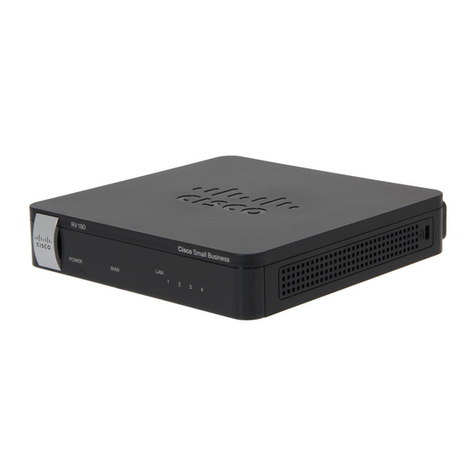
Cisco
Cisco RV180 User manual
Popular Network Router manuals by other brands

TRENDnet
TRENDnet TEW-435BRM - 54MBPS 802.11G Adsl Firewall M Quick installation guide

Siemens
Siemens SIMOTICS CONNECT 400 manual

Alfa Network
Alfa Network ADS-R02 Specifications

Barracuda Networks
Barracuda Networks Link Balancer quick start guide

ZyXEL Communications
ZyXEL Communications ES-2024PWR Support notes

HPE
HPE FlexNetwork 5510 HI Series Openflow configuration guide
